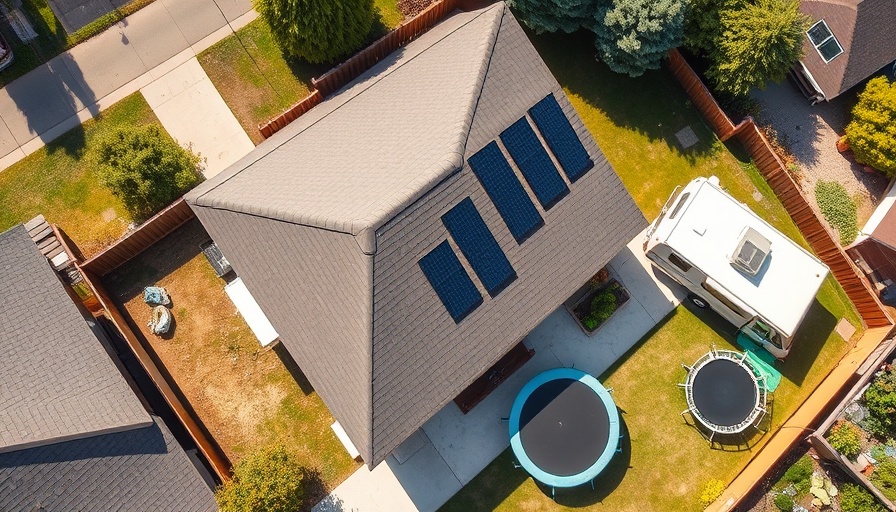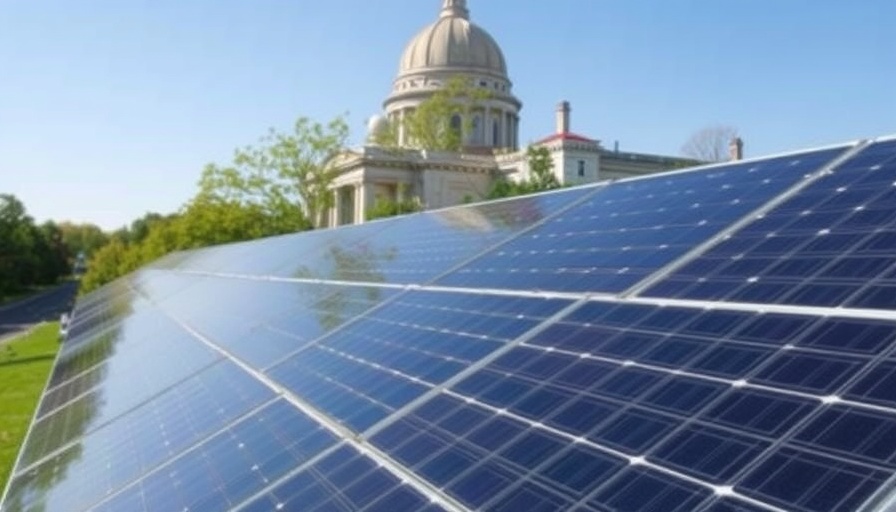
Three Strategic Approaches to Lowering Your Utility Bills After Going Solar
Transitioning to solar energy is typically associated with significantly lower utility bills, but what happens when that anticipation leads to disappointment? For many homeowners, solar panels do decrease electricity expenses, but they may not result in the savings envisioned. Factors such as increased energy consumption due to lifestyle changes or seasonal demands impact the situation. Here’s how to ensure your utility bills don’t spiral out of control while enjoying your solar investment.
Understanding Increased Energy Consumption
Often, the excitement around adding solar panels comes hand in hand with lifestyle upgrades that inadvertently elevate energy consumption. Are you working from home more frequently? Have you added a pool or made other changes that require more electricity? Even minor lifestyle tweaks can lead to increased energy use.
As households grow or circumstances change—like welcoming a new family member or purchasing an electric vehicle (EV)—these events tend to be exciting yet energy-intensive. Each additional load of laundry or instance of daily cooking can contribute to higher bills. Strategic management of your energy consumption can mitigate these increased costs, such as running the dishwasher or charging your EV during off-peak hours.
The Importance of Time-of-Use Rates
With the rise of time-of-use (TOU) rates implemented by utility companies, understanding when to use energy can result in substantial cost savings. TOU rates fluctuate depending on the time of day and even the season, with peak hours typically leading to higher prices.
By aligning your energy use with periods of lower demand, you can take full advantage of the solar power generated during the day. For example, if your solar panel system produces most power midday, scheduling energy-consuming tasks during these hours could greatly reduce your bills. This not only optimizes savings but also makes energy consumption more environmentally friendly.
Watch for Utility Rate Increases
Utility companies often adjust their rates based on a variety of factors including inflation, demand, and regulatory changes, which can dampen the perceived benefits of your solar system. While you cannot avoid these rate increases, staying informed about them can help you manage and anticipate your electricity expenses.
Proactively monitoring your utility bill will allow you to adjust your consumption habits effectively. For instance, consider the Inflation Reduction Act, which provides incentives for both solar energy systems and energy storage solutions. Harnessing energy storage can protect you from peak energy demands by allowing you to store surplus energy for use during high-demand periods.
Benefits of Combining Solar with Energy Storage Systems
Saving on utility costs while transitioning to solar is not solely about generation; it also includes effectively storing energy. Energy Storage Systems (ESS) can provide homeowners with the flexibility to use their stored energy during peak demand, thus minimizing reliance on the grid.
Homes equipped with energy storage capabilities can leverage excess solar energy generated during the day for night-time use or during periods of high demand, enhancing the overall effectiveness of your solar investment. By scheduling energy-intensive tasks around your solar production window and storage availability, you can further increase savings and efficiency.
Aligning Solar Investments with Future Needs
Sizing your solar energy system to reflect not only current but also future energy needs is essential for maximizing savings over time. Keeping in mind potential home expansions, lifestyle changes, and utility rate adjustments can ensure that your system adapts to your changing electricity consumption. Whether it’s gearing up for the future by possibly adding an energy storage solution or re-evaluating your current consumption patterns, taking these steps is vital.
Additionally, consulting with your SunPower dealer or another solar expert can provide insight into the best practices for designing your system according to both current and anticipated utility rates. They can guide you through sustainable solutions tailored to your household’s unique needs.
While solar panels provide an opportunity for reduced utility costs, optimal savings rely heavily on managing energy usage patterns and staying informed about utility rate structures. With supportive systems in place and a strategic approach, homeowners can reap the full financial benefits of their solar investment.
We encourage you to connect with a local SunPower dealer today to discuss how to optimize your solar system based on your lifestyle, energy needs, and utility rates. Take charge of your electricity savings by scheduling an appointment now!
 Add Row
Add Row  Add
Add 



 Add Row
Add Row  Add
Add 
Write A Comment